As our lifestyles shift faster than ever, the homes of 2025 are keeping pace. Welcome to the era of adaptive interiors—spaces designed to change, grow, and transform along with you. Whether it’s hybrid work, expanding families, or evolving tastes, the new rule of design is flexibility without compromise.
1. The Rise of Fluid Living
Rigid room definitions are fading away. Today’s interiors embrace multi-functionality:
-
Living rooms that double as home offices.
-
Dining areas that convert into creative corners.
-
Guest rooms that transform into gyms or media lounges.
Every space is a canvas that can adapt to life’s rhythm.
2. Modular Design Magic
Modular furniture is at the heart of adaptive living:
-
Sofas that reconfigure into lounges or beds.
-
Shelving units that expand as collections grow.
-
Foldable or stackable pieces for compact living.
It’s flexibility wrapped in style—smart, sleek, and sustainable.
3. Smart Technology, Smarter Design
Technology enhances adaptability like never before:
-
App-controlled lighting and temperature systems.
-
Moveable partitions for instant privacy or openness.
-
AI-powered design suggestions that optimize your layout.
Tech ensures your home evolves as seamlessly as your lifestyle.
4. Sustainability Meets Functionality
Adaptable design is inherently sustainable:
-
Durable materials that can be reused or rearranged.
-
Modular systems that reduce renovation waste.
-
Furniture designed for longevity and versatility.
It’s design that moves with the future—without leaving a footprint.
5. Aesthetics That Evolve
Adaptive interiors aren’t only functional—they’re beautiful:
-
Neutral backdrops allow for easy style updates.
-
Interchangeable fabrics, art, and decor refresh the mood.
-
Movable lighting and color accents redefine ambiance.
Change becomes part of the design story.
6. The Emotional Dimension of Flexibility
Adaptive spaces support not just activity, but well-being:
-
Homes that shift with your emotional and physical needs.
-
Spaces that empower creativity and comfort.
-
Environments that adapt to every version of you.
Because good design should never be static—it should grow with life.
Final Thoughts
Adaptive interiors redefine the way we think about home. They’re dynamic, intentional, and deeply human—celebrating flexibility without sacrificing beauty.
Because in 2025, the most modern homes aren’t just designed for living…
They’re designed for life as it changes.



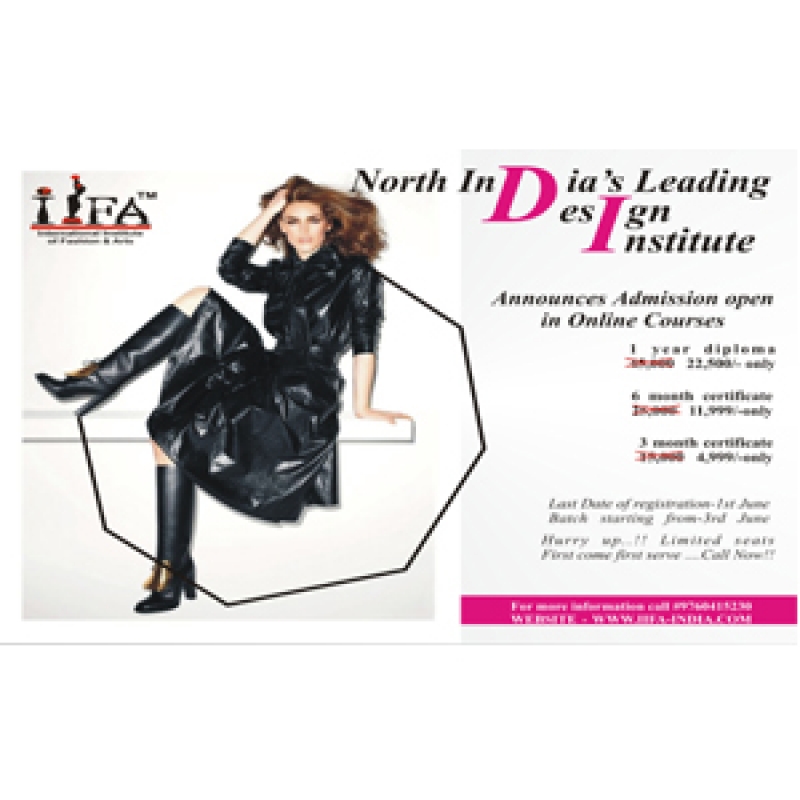


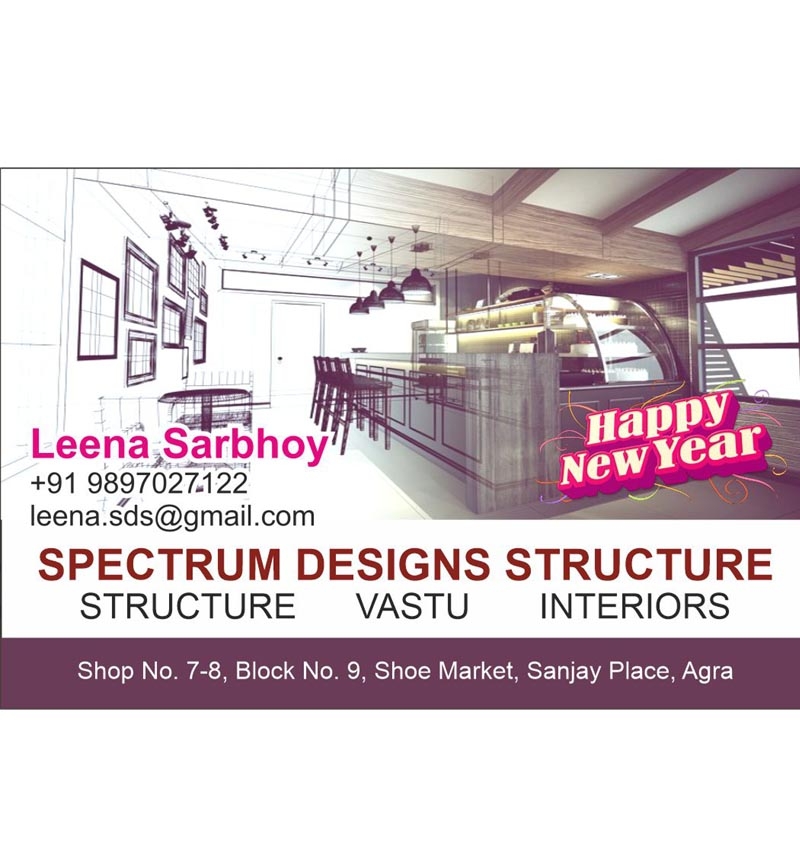
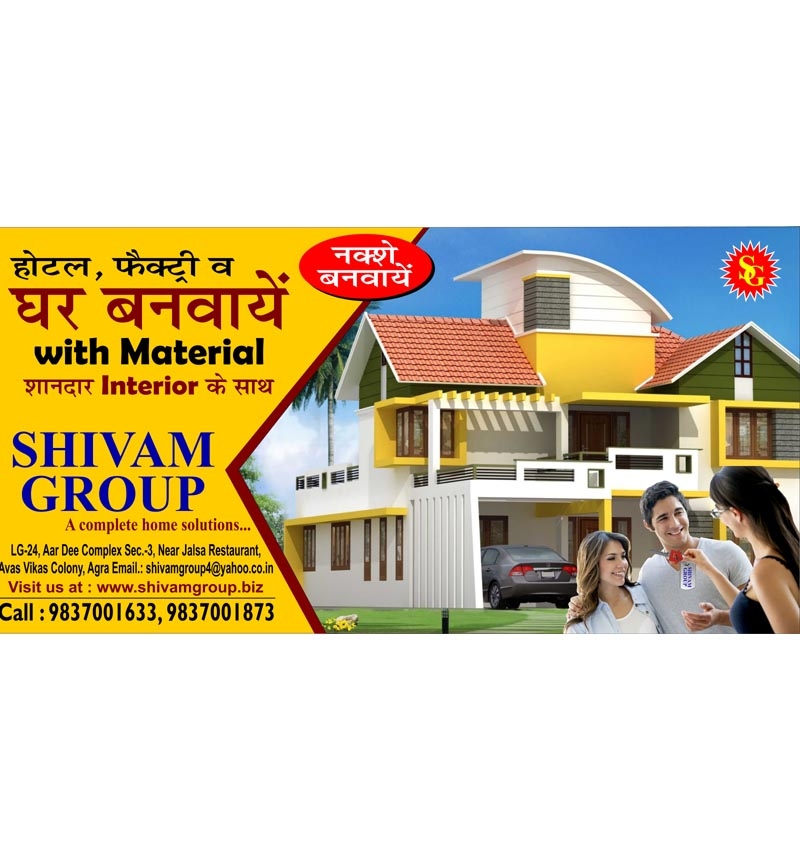

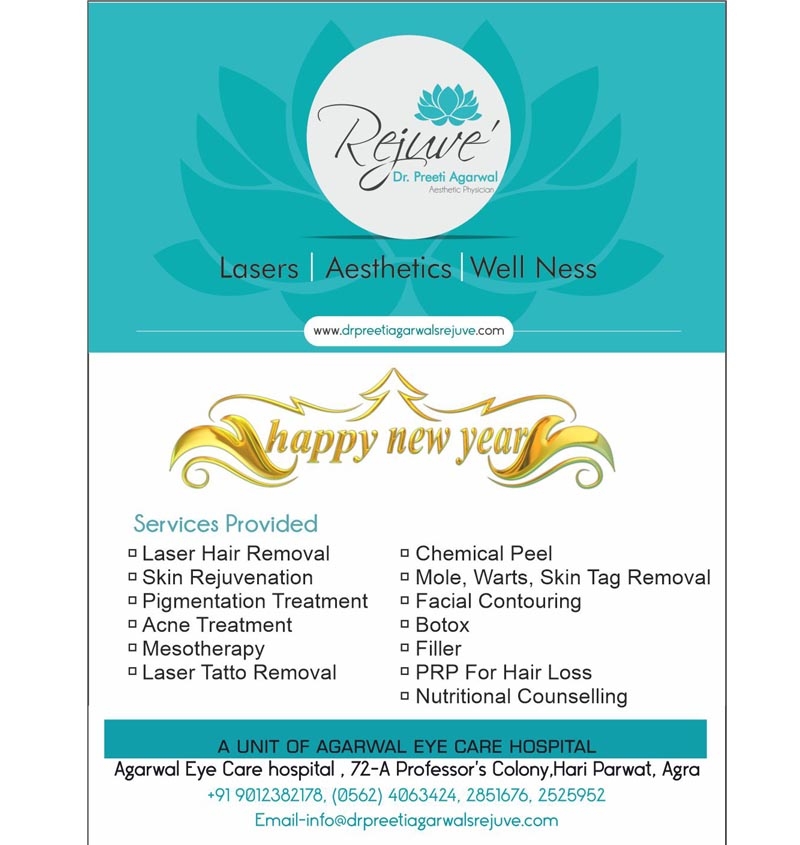





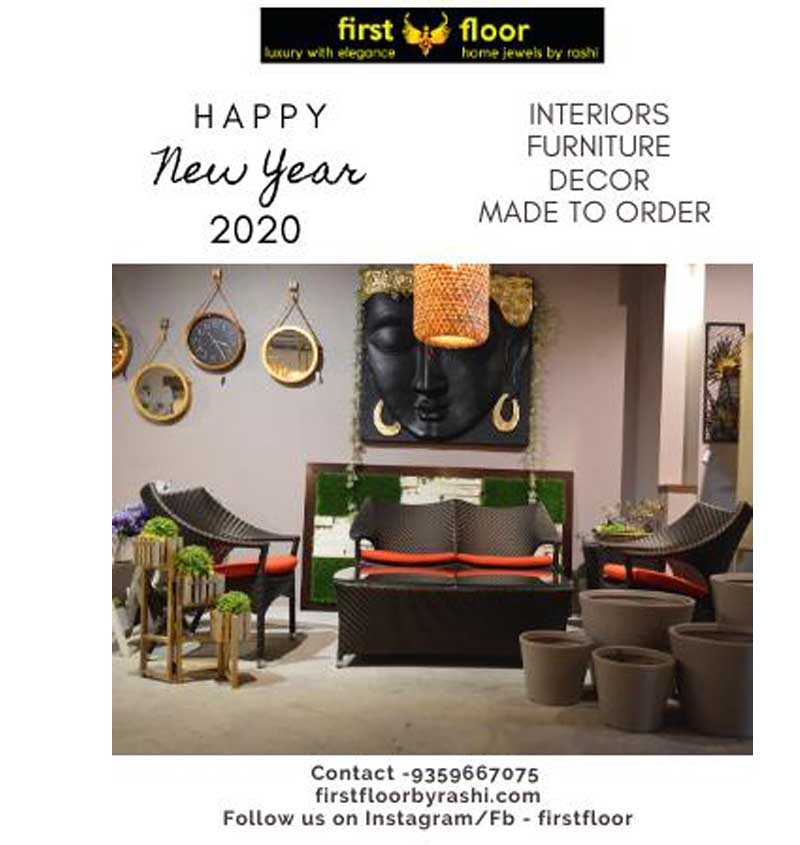



Your Message